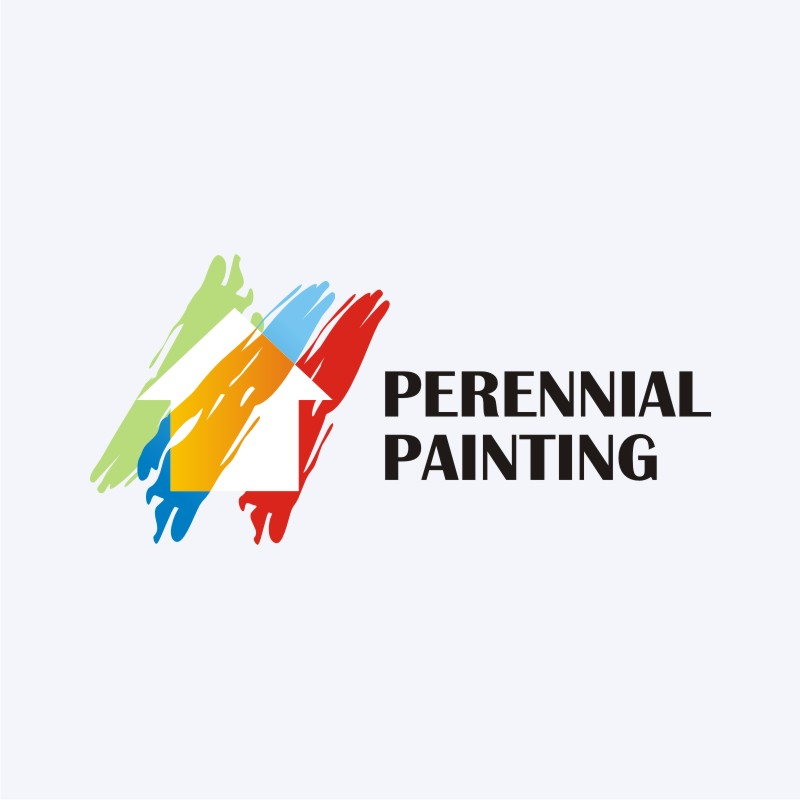Weather'S Impact On Commercial Outside Paint: Critical Expertise For Success
Weather'S Impact On Commercial Outside Paint: Critical Expertise For Success
Blog Article
Short Article Composed By-Fabricius Dohn
When you're preparing a business external paint project, don't underestimate the impact of weather on your results. You require to think about elements like temperature, moisture, and precipitation, as they can make or damage your paint work. As an example, did you know that ideal conditions call for details temperature level ranges and humidity degrees? Failing to keep an eye on these elements can bring about uneven coatings and even damage to fresh paint. Comprehending these components is essential to accomplishing a lasting, expert result. So, what specific weather conditions should you watch out for?
Temperature Considerations
When it involves commercial exterior paint, temperature level plays a vital duty in the result of your project. If you're repainting in severe heat, the paint can dry also swiftly, leading to problems like inadequate bond and unequal coatings. You intend to go for temperatures between 50 ° F and 85 ° F for the very best results. Listed below 50 ° F, paint may not cure appropriately, while above 85 ° F, you take the chance of blistering and breaking.
Timing your task with the appropriate temperatures is important. Begin your work early in the morning or later on in the afternoon when it's cooler, particularly throughout hot months.
Additionally, think about the surface area temperature; it can be dramatically greater than the air temperature, specifically on sunny days. Utilize a surface area thermometer to examine this before you begin.
If temperature levels are uncertain, keep an eye on the weather report. Abrupt temperature drops or heat waves can thwart your strategies. You do not intend to begin painting only to have the conditions transform mid-project.
Moisture Degrees
Moisture degrees dramatically affect the success of your business outside painting project. When the moisture is too high, it can prevent paint drying and treating, bring about a variety of issues like bad adhesion and complete top quality.
If you're preparing a work throughout moist conditions, you may find that the paint takes longer to dry, which can extend your task timeline and increase expenses.
On the other hand, reduced moisture can likewise pose obstacles. Paint might dry also promptly, preventing correct application and causing an irregular finish.
You'll wish to check the moisture degrees closely to guarantee you're working within the perfect array, commonly between 40% and 70%.
To obtain https://housepainternearme99887.life3dblog.com/32225744/discover-the-realm-of-accent-wall-surfaces-to-easily-raise-your-area-however-start-by-uncovering-the-essential-ideas-for-an-outstanding-improvement , think about making use of a hygrometer to determine humidity prior to beginning your job.
If you discover the levels are outside the optimal range, you might need to change your schedule or select paints developed for variable conditions.
Constantly consult the producer's guidelines for specific suggestions on moisture resistance.
Rainfall Impact
Rain or snow can dramatically interrupt your commercial exterior painting plans. When rainfall takes place, it can get rid of newly used paint or create an irregular finish. Preferably, you wish to choose days with dry climate to make sure the paint adheres properly and cures effectively. If you're caught in a shower, it's finest to halt the task and await conditions to boost.
In addition, snow can be even more destructive. Not only does it develop a damp surface, but it can also reduce temperature levels, making it difficult for paint to dry. https://www.insider.com/home-renovation-tips-diy-building-your-dream-home-2022-12 can bring about issues like peeling or blistering down the line.
It's crucial to inspect the weather prediction before starting your job. If rainfall or snow is anticipated, think about rescheduling.
Always keep in mind to allow appropriate drying out time between layers, particularly if the climate continues to be unpredictable.
Conclusion
To conclude, keeping an eye on the climate is vital for an effective industrial external painting task. By monitoring temperature level, moisture, and rainfall, you can make sure the best conditions for application and curing. Keep in mind to plan your job around positive climate and always comply with maker guidelines. With the appropriate technique, you'll attain a long-lasting, stunning finish that can endure the components. Do not let the weather capture you off guard-- stay informed and repaint smart!
